You can tell a kid not to give in to peer pressure. You can give speeches, lay ground rules, roleplay a few awkward scenarios, even. And sure, some of it might stick. But what really gives a kid the power to say no? It’s not fear. It’s not discipline. It’s emotional awareness. Sounds abstract, maybe even soft.
But when a child knows what they’re feeling – and why – that knowledge becomes armor. The kind of armor that helps them hold steady when things get complicated – like when a friend offers them a vape, drink, or worse, something stronger. That said, let’s look at why emotional awareness helps kids handle peer pressure in a better way and how we, as parents, caregivers, guardians, or teachers, can help them develop it.
What is Emotional Awareness?
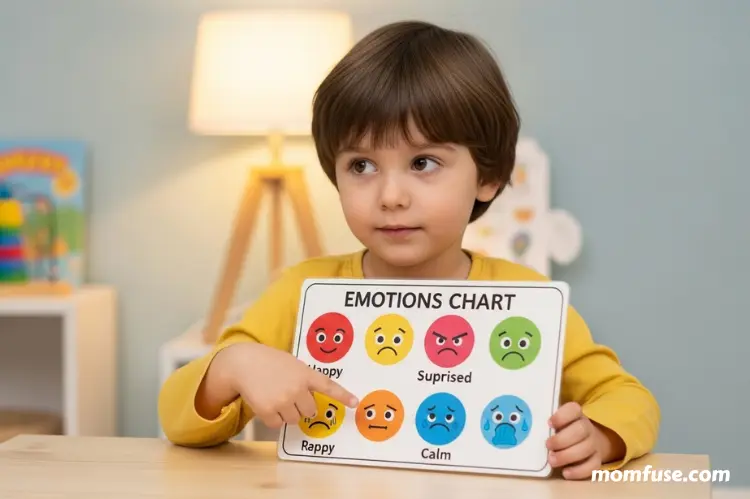
At its simplest, it’s this: the ability to recognize, name, and understand your own emotions. It’s not just about emotional vocabulary (though that’s a piece of it). Emotional awareness gives kids a second to think before reacting, especially when being nudged, teased, or pushed into something they don’t want to do.
What is Peer Pressure?
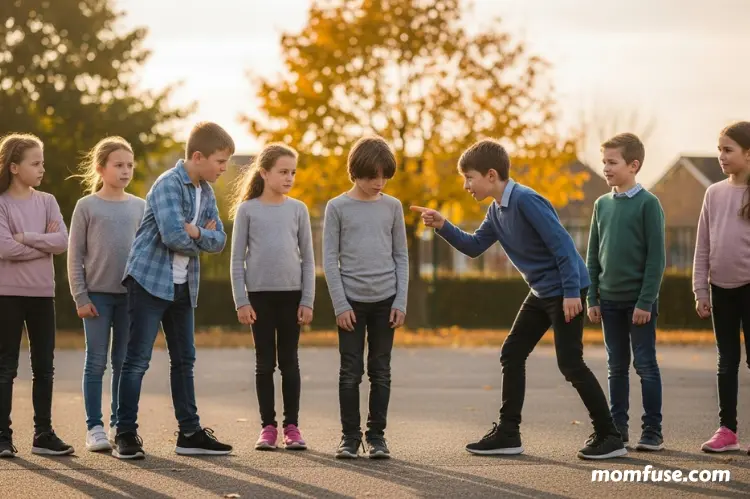
Peer pressure is what happens when a child feels like they have to change their behavior, choices, or values to match those of their friends. The second fitting in starts to feel more important than feeling right in their own skin, something shifts.
A kid who used to ask, ‘Do I want this?’ starts asking, ‘What will they think if I don’t?’ And that swap – from internal compass to external approval – is how they start losing sight of themselves. In fact, peer influence has a measurable impact on teen substance use behavior over time. When their friends use, they’re more likely to follow suit.
That said, not all peer pressure looks like a movie party scene. Sometimes it’s just laughing at a joke that doesn’t land. Or tagging along when they’d rather go home. But over time, all those little “whatevers” can pile up. Pretty soon, it’s hard to tell where the decisions end and someone else’s expectations begin.
What Happens When Emotional Awareness is Missing?
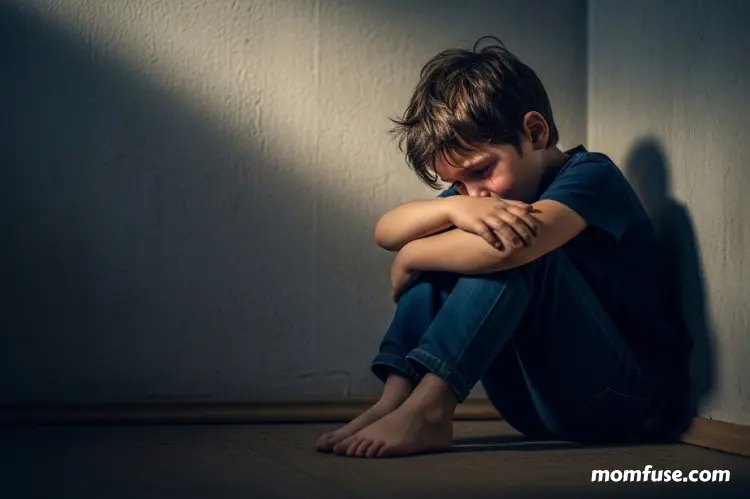
When a kid doesn’t know why they’re feeling off (or what to call that tight, buzzy feeling in their chest), they’re more likely to ignore it, bottle it up, or shove it down however they can. And when the pressure’s loud and their emotions are louder, they look for quiet. Any kind.
As Tranquility Recovery Center mental health professionals explain, peer pressure combined with emotional overdrive is a dangerous mix. Their experts point out that when young people aren’t taught to process tough feelings, they’re more likely to reach for a quick fix – alcohol, weed, or something stronger. Not to get high, necessarily. To feel less.
That’s because when you don’t have the language for what’s happening inside, numbing starts to feel like the only way to cope. And honestly? It works…at first. Until it doesn’t. Until the quick fix becomes a habit.
And the habit becomes hard to break. And if the group they’re in normalizes it? Then the situation doesn’t even feel like a problem. It feels like belonging. Doing what everyone else is doing to stay afloat. And that’s the catch – when numbing becomes the norm, kids stop asking if they’re okay. They just assume this is how it is.
Emotional Awareness Helps Kids Handle Peer Pressure in Many Ways
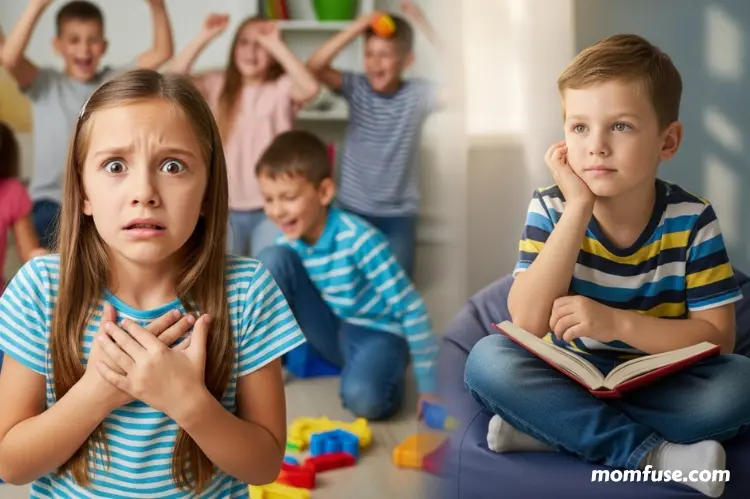
Picture two kids in the same situation. Both are offered something they’re unsure about, maybe a joint at a party, maybe a drink in someone’s basement. One of them feels tense, but shrugs it off. Maybe later they say, I don’t know why I said yes. I just did. The other one catches the feeling mid-thought: ‘I’m anxious. I don’t want to disappoint these people. But I also don’t want this.’
That second kid might still wrestle with the pressure. But they have options. They have awareness. They’re not flying blind. Emotional awareness slows the moment down. It makes room for choice, not just reaction. And that’s everything.
Can You Teach Kids to Recognize Their Emotions?

Yes. But not by lecturing. Not by punishing, either, as this can lead to self-sabotaging habits. It starts with modeling. Here’s how to build emotional awareness in kids.
Name Feelings in Real Time, Yours and Theirs

Instead of asking kids to use their words, show them yours. That might look like this:
‘I’m feeling frustrated because I had a rough meeting.’
When they’re upset, offer gentle guesses: ‘You seem kind of nervous. Is that it?’ Let them correct you if you’re wrong, as that’s how they’re practicing emotional language.
Map the Body First
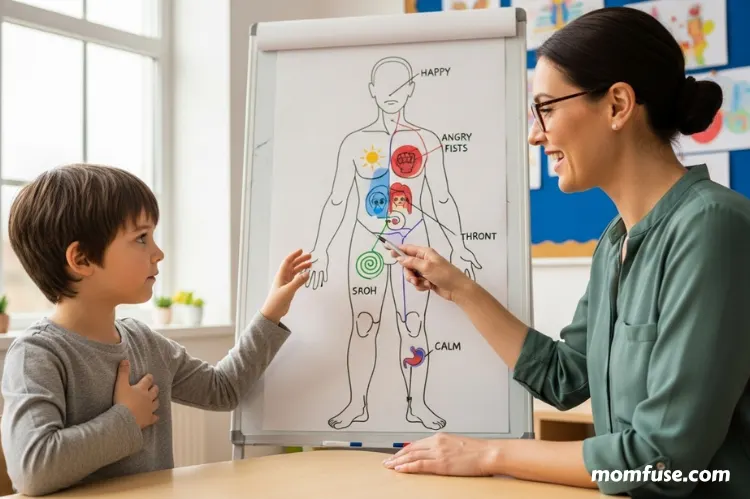
Most kids don’t feel emotions in words. They feel them in their chest, stomach, hands – that tight jaw or shaky leg. Help them spot the signs: Where do you feel it? Is it heavy or fluttery? Hot or cold? Once they can connect a physical signal to an emotion, they’re no longer at its mercy.
Use Stories and Shows as Low-stakes Training

When you’re watching a movie or reading a book together, pause occasionally to ask what they think a character is feeling. This will teach them emotional inference and give them practice outside the heat of their own moments.
Avoid Rushing Them Out of Discomfort
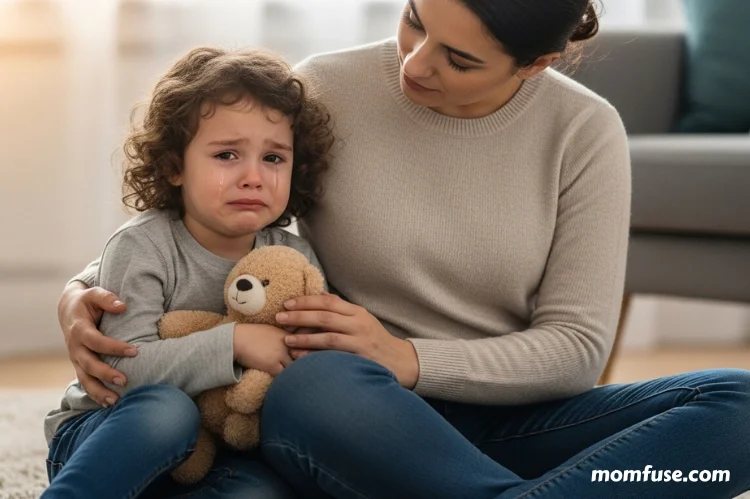
When emotions spike – anger, sadness, embarrassment – don’t jump in with distraction or pep talks. Sit with it. Be calm next to their chaos. Emotional awareness doesn’t grow by escaping feelings; it grows by tolerating them. Kids take their cues from how we handle their big feelings.
Model Self-correction
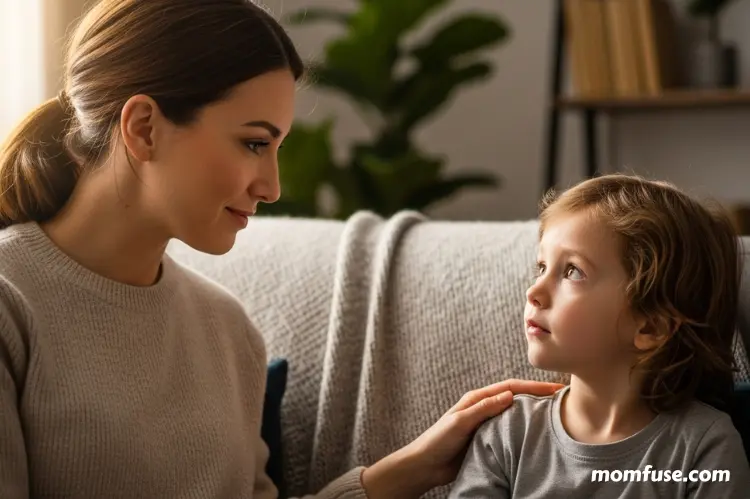
You won’t always handle things well, but when you lose your cool and later say, ‘I think I was more anxious than I realized,’ that moment teaches more than any lecture. It shows kids that naming a feeling isn’t weakness – it’s strength.
You Can’t Prevent Peer Pressure, but You Can Prepare Your Kids for It
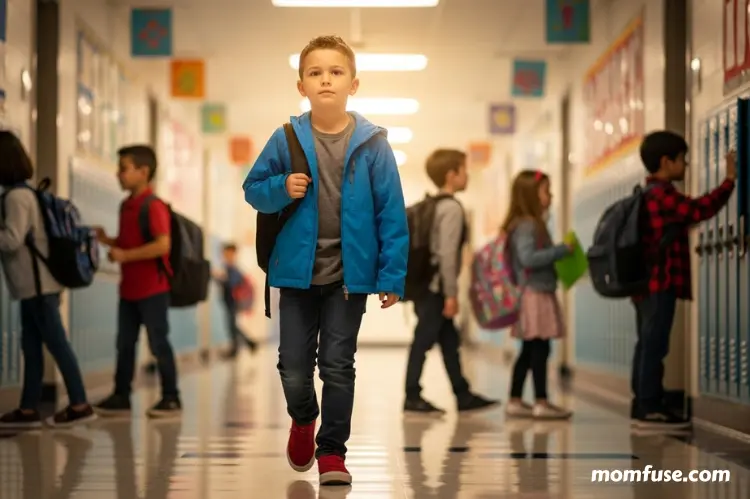
Kids will face pressure, no matter how many conversations you have. But the goal isn’t to shield them. It’s to equip them. And one of the most powerful tools you can offer is emotional awareness.
Once a child knows what discomfort feels like – not just in their body, but in their gut – they’re less likely to override it. Emotional awareness helps kids handle peer pressure better, so they start moving through the world differently. They pause longer. They question more. And they’re way less likely to follow someone down a road they never wanted to walk.
Read Next: Back To School Necklace: This Is What Parents Need To Worried About

